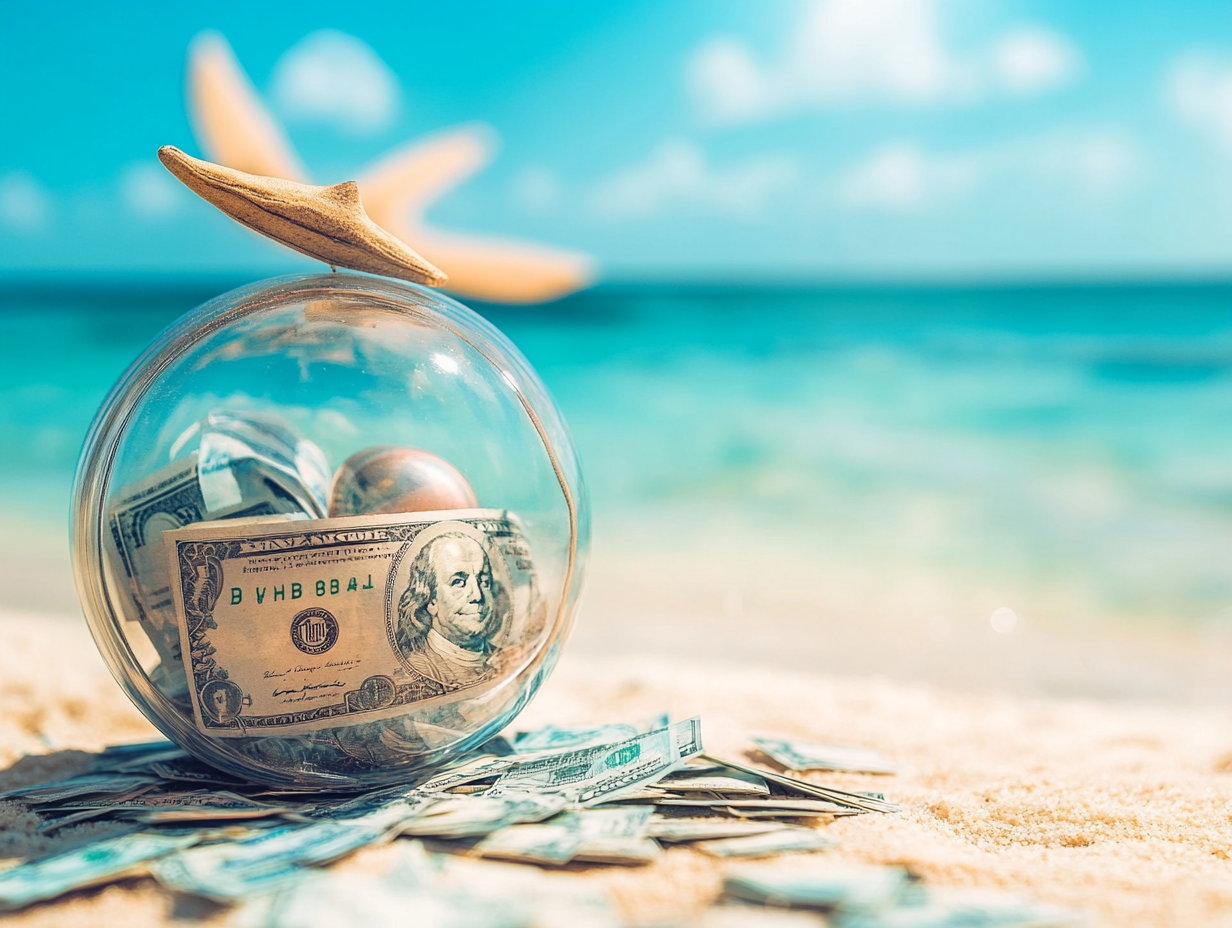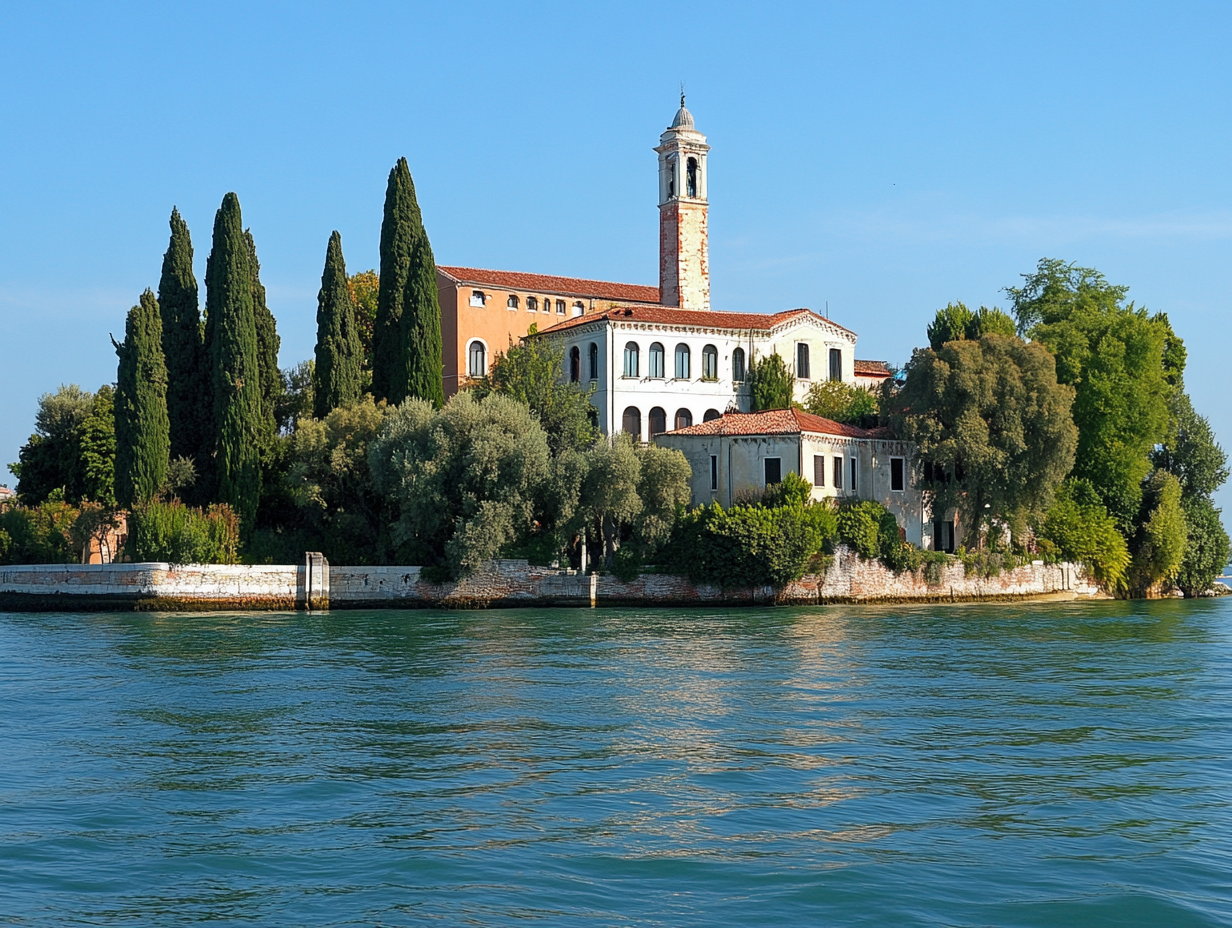A new year means a new adventure. Here are some top destinations for January international travel, with expert tips for deals, packing, and planning.
The start of the new year is an excellent time to ramp your new year’s resolutions into high gear. For many, this means seeing more of the world through international travel, and the more proactive among them might want to grab their passport and go as soon as the calendar turns over.
January is an ideal time to kick off the new year with an international adventure. Whether you’re chasing winter wonderlands or tropical beaches, planning international travel in January requires some strategic thinking to make the most of deals (airline ticket prices drop post-New Year’s Day), off-peak benefits, and seasonal attractions. In this guide, we’ll cover the best destinations, affordable options, and top travel tips to help you plan the perfect international travel January getaway.
Why Travel Internationally in January?
For international travel, January offers affordable flights as post-holiday travel dips, often bringing cheap fares and discounts. It’s also an ideal time to experience winter wonders, from snow-covered landscapes in Switzerland to serene hot springs in Japan. For those seeking warmth, tropical escapes like Thailand or the Maldives provide a perfect break from winter chills. Additionally, traveling in January means fewer crowds in many destinations, allowing for a more relaxed and enjoyable experience.
Top Destinations for January International Travel
Where you kick off your international travel January depends on what sort of experience you’re looking for. Everyone’s travel bucket list is a little different, so consider tailoring your 2025 plans to places you’ve never been before. Though, there’s no shame in wanting to revisit an old favorite, too.
Warm Weather Escapes
Get out of the cold with the best warm weather travel destinations for winter. These spots are perfect for travelers who already live somewhere chilly that just want a break from frozen noses and icy windows. For international travel, that means headed either to an island destination, or to somewhere in the Southern Hemisphere, where it’s still summer.
- Maldives: Enjoy crystal-clear waters and luxurious overwater bungalows.
- Thailand: January is one of the best months to visit for dry weather and vibrant cultural festivals.
- Mexico: Cancun and Tulum offer sunny beaches and rich history.
- Australia: January is mid-summer, perfect for exploring beaches or cities like Sydney and Melbourne.
Winter Adventures
As opposed to those looking for warm getaways, there are those who want to embrace the chill of winter with both hands. In that case, go somewhere that offers both snowy escapes and plenty to do in terms of activities. Seek out spots with activities centered around the winter holiday of your choice, New Year’s Eve, or any day that celebrates the coldest time of year.
- Switzerland: A haven for skiers and snow lovers, with picturesque alpine villages.
- Japan: Combine skiing in Hokkaido with a visit to Tokyo’s vibrant winter illuminations.
- Iceland: A prime spot to catch the Northern Lights and enjoy natural hot springs.
Unique Cultural Experiences
Kicking off your January of International Travel is a great way to immerse yourself in unfamiliar cultures and new experiences. Ebrace the world outside of your comfort zone and broaden your horizons with some unique cultural experiences.
- India: Witness the Kite Festival in Gujarat or explore Rajasthan’s palaces in cooler weather.
- Brazil: While Carnival isn’t until February, January is great for exploring Rio de Janeiro.
- Vietnam: Experience pleasant weather in Ho Chi Minh City or explore the lush Mekong Delta.
Budget-Friendly International Travel Ideas for January
If you blew your budget on gift-giving this holiday season, that doesn’t mean that leaving the country in January has to be out of the question. Here are a few budget-friendly spots you can venture to without breaking the bank,
- Portugal: Lisbon offers mild weather and off-season pricing.
- Morocco: Visit Marrakech for vibrant markets and lower costs during January.
- Eastern Europe: Cities like Prague and Budapest offer winter charm at budget-friendly prices.
- Colombia: Enjoy Cartagena’s tropical vibes without breaking the bank.
How to Plan International Travel for January
Book Flights Early
To snag the best deals, book flights 2-3 months in advance. Use tools like Google Flights to monitor prices or consider January travel packages for bundled savings. If you’re okay leaving a little later in January, the tail end of December tends to see a drop in flight fares. For a few international locales, January is outside of the busy travel season.
Pack for the Weather
If you’re venturing out somewhere warm, pack accordingly with lighter clothing, swimsuits, and sunscreen – just make sure you have something warm to wear when you return to your home destination if you live somewhere cold. Alternatively, prepare to pack layers and waterproof jackets to stave off winter chills for those international winter wonderlands. Don’t forget sturdy boots and thermal wear. Electronic hand warmers can make a huge difference toward your comfort.
Leverage Off-Peak Deals
January is an excellent time for off-season travel, especially in Europe and parts of Asia. Look for discounted hotels, tours, and activities. Being flexible with your travel dates will allow you more freedom in finding the best deals, and checking out a budget airline like Spirit of Frontier might be worth it — if you manage to dodge those hidden fees. This is a great time to look at AirBNBs as well, as many see a lull in January.
Check Travel Requirements
Stay updated on visa requirements, travel restrictions, and health guidelines for your destination. The beginning of the year is when many new restrictions and requirements kick off, and it’s important to keep yourself on the up-and-up in case of sudden changes that might delay your flight plans.
Pro Tips for January Travel Success
Flexibility Pays Off: Be flexible with travel dates to take advantage of last-minute deals.
Travel Midweek: Flights and accommodations are often cheaper midweek compared to weekends.
Stay Hydrated: If traveling to tropical regions, carry a reusable water bottle to stay hydrated.
Capture Memories: Pack a good camera or smartphone with extra storage for stunning winter or tropical shots.
Start the Year with Adventure
Don’t wait—Plan your international travel in January and book early. Whether you’re chasing the sun, skiing down snowy slopes, or exploring vibrant cultures, January’s diverse offerings make it one of the best months for travel.



